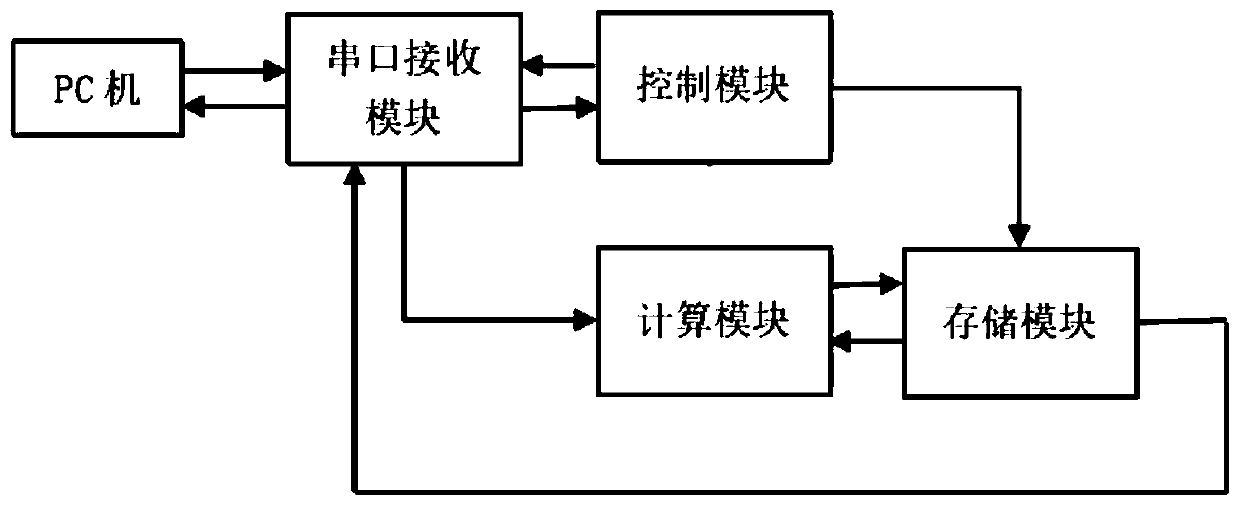Noise classifying method based on FPGA accelerated PCNN algorithm
A noise classification and noise technology, applied in the field of noise classification of the PCNN algorithm, can solve the problems of time-consuming, no hardware implementation of the classifier, and high time cost, so as to ensure accuracy, save time and cost, and improve the speed of classification Effect
- Summary
- Abstract
- Description
- Claims
- Application Information
AI Technical Summary
Problems solved by technology
Method used
Image
Examples
Embodiment
[0036] In this embodiment, the windows 8 system is used as the program development software environment, Vivado 2014.4 and MATLABR2010a are used as the program development platform, and urban noise is recorded through a microphone as experimental data.
[0037] The noise classification method of the PCNN algorithm of the present embodiment based on FPGA acceleration comprises the following steps:
[0038] Use recording equipment such as microphones to collect noise samples, conduct preliminary editing, and edit them into audio files within 300ms-10s.
[0039] The edited audio file is subjected to time-frequency conversion, that is, short-time Fourier transform. First divide the noise audio file into frames. The noise audio is generally a time-varying non-stationary signal, so the frame length can be selected between 10ms-30ms, which can be selected according to the length of the noise audio; the next step is to add the noise audio after framing The window is a Hanning window,...
PUM
 Login to View More
Login to View More Abstract
Description
Claims
Application Information
 Login to View More
Login to View More - R&D
- Intellectual Property
- Life Sciences
- Materials
- Tech Scout
- Unparalleled Data Quality
- Higher Quality Content
- 60% Fewer Hallucinations
Browse by: Latest US Patents, China's latest patents, Technical Efficacy Thesaurus, Application Domain, Technology Topic, Popular Technical Reports.
© 2025 PatSnap. All rights reserved.Legal|Privacy policy|Modern Slavery Act Transparency Statement|Sitemap|About US| Contact US: help@patsnap.com



